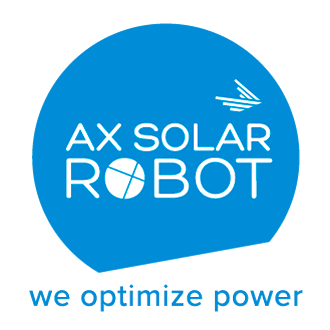Photovoltaic greenhouses
Photovoltaic greenhouses are a sub-section of agrivoltaism. Increasingly popular, this solution addresses a number of issues, such as the energy transition, optimizing food and electricity production, food security and the scarcity of available land.
What is a photovoltaic greenhouse?
A photovoltaic greenhouse is an agricultural installation with solar panels integrated into its structure, mainly on the roof. These panels, which can be translucent or partially opaque, capture the sun’s energy to produce electricity, while letting in some of the light needed for plant growth. Unlike conventional solar power plants, these installations are designed to co-use space for two essential activities: energy production and farming.
Solar panels can be arranged in different configurations:
- Fixed panels: the most widespread and least expensive installation.
- Removable panels: manage the level of shading according to the amount of sunlight, maximizing energy production.
- Semi-transparent panels: Distribute sunlight evenly inside the greenhouse.
How does a photovoltaic greenhouse work?
A photovoltaic greenhouse allows green energy production and agricultural production to be combined on the same site, optimizing both.
In areas where land is in short supply, greenhouses can also maximize land use. They make it possible to avoid pitting agriculture against solar energy production.
Climate change is also having an impact on certain crops that are sensitive to heavy rainfall or excessive sunshine. In these cases, panels play a role in regulating and protecting crops. For example, they can create shade or protect against hail.
Energy production also enables farmers to diversify their income and thus become less dependent on their crops.
How long does a photovoltaic greenhouse last?
The lifespan of a greenhouse solar power plant depends on a number of factors, such as the quality of the materials used, the location of the greenhouse, the crops grown, and so on.
If we break down a solar greenhouse into its three main components, we can assess its lifespan:
- the greenhouse’s metal structure can last between 30 and 50 years.
- solar panels with a lifespan of between 25 and 30 years.
- and the electrical system with inverters that last an average of 15 to 20 years.
It’s a good idea to anticipate the limited lifespan of the panels when designing the greenhouse, so as to anticipate its yields.
How to maintain a photovoltaic greenhouse and optimize its performance
The maintenance of a solar greenhouse is the same as that of a conventional greenhouse: cleaning allows the sun’s rays to reach the plants, ensuring optimum production.
Solar panels on the greenhouse can be cleaned with conventional solar panel cleaning solutions for roofing.



